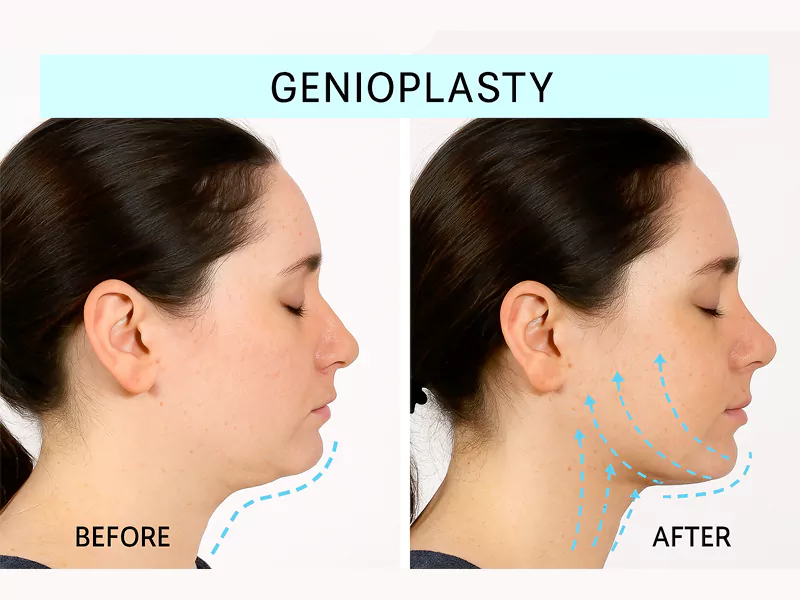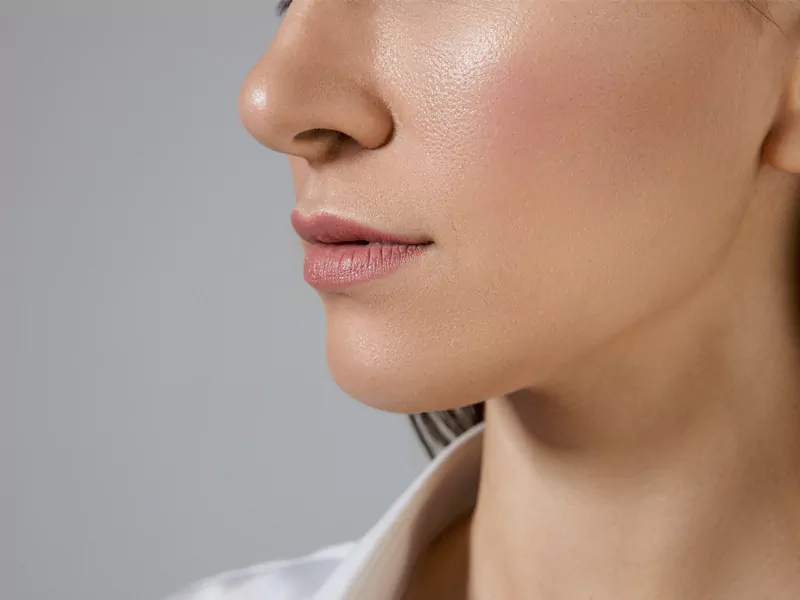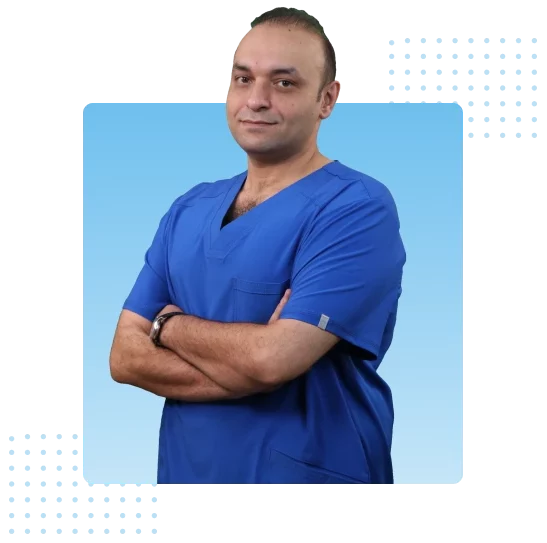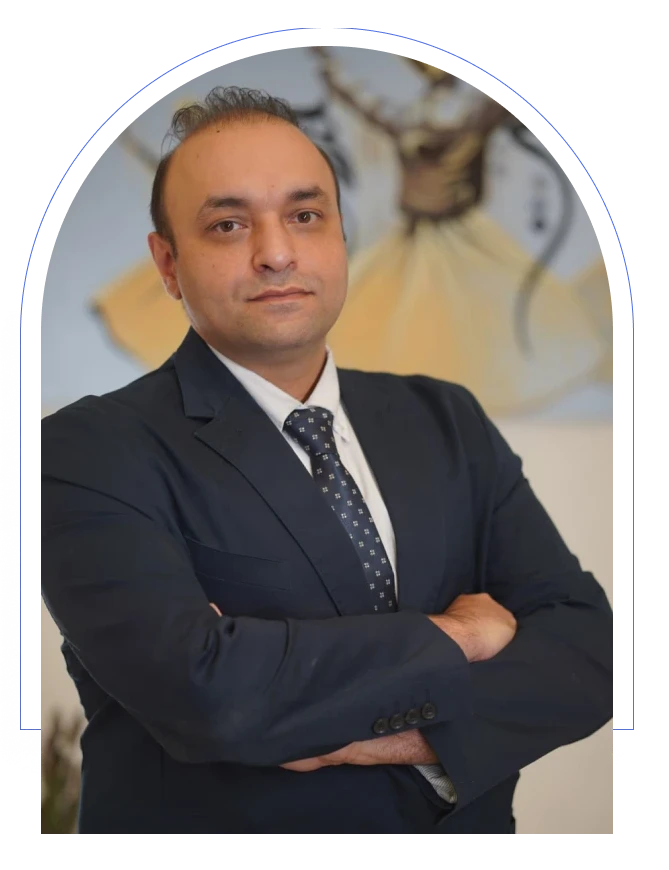A well-defined chin is a cornerstone of facial harmony, creating a balanced and aesthetically pleasing profile. For individuals who feel their chin is recessed or “weak,” it can create a sense of imbalance with other facial features, such as the nose and forehead. If you are seeking to enhance your jawline and achieve a more proportionate facial structure, genioplasty, or chin advancement surgery, offers a permanent and natural-looking solution.
This comprehensive guide will walk you through everything you need to know about genioplasty, from who makes a good candidate to the details of the procedure and what to expect during recovery.
What is Genioplasty?
Genioplasty is a surgical procedure designed to reshape, reposition, or resize the chin to improve facial harmony. Unlike chin augmentation with implants, genioplasty involves making a precise cut in the chin bone (the mandible) and repositioning it. This technique, also known as a sliding genioplasty, allows for a high degree of customization to achieve the desired aesthetic outcome.
The primary purpose of aesthetic chin surgery is to correct a receding chin (retrognathia), but it can also be used to address a chin that is too long, too short, or asymmetrical. By altering the underlying bone structure, genioplasty provides a natural contour that complements your other facial features.

Difference Between Genioplasty and Chin Augmentation
While both procedures aim to enhance the chin’s appearance, they are fundamentally different.
- Genioplasty (Sliding Genioplasty): This procedure physically moves your own chin bone forward, backward, or sideways. Because it uses your natural bone, many patients prefer it for its organic results and lower risk of complications like shifting or rejection associated with implants.
- Chin Augmentation with Implants: This involves placing a biocompatible implant, typically made of silicone, around the existing chin bone to increase its size and projection. It is a less invasive procedure but may not be suitable for all patients, especially those requiring significant correction or who have asymmetrical chins.
Who is a Good Candidate for Genioplasty?
You may be an ideal candidate for chin advancement surgery if you are in good overall health, are a non-smoker, and have realistic expectations about the surgical outcome. Candidates often seek genioplasty for the following reasons:
- Aesthetic Concerns: The most common reason for seeking cosmetic chin surgery is dissatisfaction with a weak or receding chin that disrupts facial balance. A genioplasty can create a stronger jawline, make the nose appear smaller, and improve the overall facial profile.
- Functional Issues: In some cases, a misaligned chin can contribute to functional problems such as an improper bite (malocclusion) or even breathing difficulties like sleep apnea. While genioplasty is primarily a cosmetic procedure, it can be performed in conjunction with other corrective jaw surgeries to address these issues.
- Age and Health Requirements: Candidates should have a fully developed facial bone structure, which typically occurs in the late teens or early twenties. Good physical health is essential to ensure a smooth procedure and recovery.
Different Types of Genioplasty
While there are several variations of genioplasty, the most common types performed for aesthetic enhancement are:
۱. Sliding Genioplasty
This is the most frequently performed type of genioplasty. A surgeon makes a controlled cut on the chin bone, slides it forward to the desired position, and secures it with small titanium plates and screws. This method is highly versatile and can be used to lengthen the chin, move it forward, or correct asymmetries.
۲. Reduction Genioplasty
For individuals with an overly prominent or long chin, a reduction genioplasty can be performed. This involves removing a small wedge of bone to decrease the chin’s size and create a more balanced facial profile.
Chin Advancement vs. Chin Implants
The choice between a sliding genioplasty and chin implants depends on your unique anatomy and aesthetic goals. A sliding genioplasty is often recommended for patients with a severely receding chin or those with vertical or asymmetrical concerns that cannot be corrected with an implant. During your consultation, your surgeon will evaluate your facial structure and help you decide which procedure is best for you.
The Genioplasty Procedure
Understanding the steps involved in a genioplasty can help you feel more prepared and confident in your decision.
Pre-Surgery Consultation and Imaging
Your journey begins with a thorough consultation. Your surgeon will discuss your aesthetic goals, review your medical history, and perform a physical examination. Advanced imaging, such as X-rays or a CT scan, will be taken to analyze your bone structure and meticulously plan the surgical movements to achieve the most harmonious result.
Step-by-Step Surgical Process
Genioplasty is typically performed under general anesthesia and takes one to two hours. The steps are as follows:
- Incision: The surgeon makes an incision inside the mouth, on the lower gum line, resulting in no visible external scars.
- Osteotomy (Bone Cut): Using specialized surgical tools, a precise horizontal cut is made through the chin bone.
- Repositioning: The lower portion of the chin bone is carefully moved to its new, predetermined position.
- Fixation: The repositioned bone is secured in place with small titanium plates and screws, which are designed to remain permanently.
- Closure: The incision is closed with dissolvable sutures.
Duration and Anesthesia
The surgery itself is relatively short, but you should plan for a full day at the surgical facility to account for pre-operative preparations and post-operative monitoring. General anesthesia is used to ensure you are comfortable and asleep throughout the procedure.

Recovery After Genioplasty
A smooth genioplasty recovery is crucial for achieving the best possible results. Here is a general timeline of what you can expect:
Healing Stages (Week by Week Expectations)
- Week 1: Swelling, bruising, and numbness in the chin and lower lip are most significant during the first few days. You will be on a liquid or soft food diet to avoid pressure on the incision site. Pain is typically manageable with prescribed medication.
- Week 2: Swelling and bruising will begin to subside noticeably. You may be able to return to a soft-food diet and light daily activities.
- Weeks 3-4: Most of the visible swelling will have resolved, and you will start to see the initial results. You can gradually reintroduce more solid foods into your diet.
- Weeks 6-8: The bone will have healed significantly. You can typically resume all normal activities, including strenuous exercise. Numbness may persist but will continue to improve over the next few months.
Managing Swelling, Bruising, and Discomfort
- Sleep with your head elevated to help reduce swelling.
- Apply cold compresses to the chin and jaw area for the first 48 hours.
- Follow your surgeon’s instructions for pain medication and antibiotics.
- Adhere to a soft-food diet to protect the incision site.
Return to Work and Normal Activities
Most patients can return to a desk job or school within one to two weeks. More physically demanding jobs and strenuous exercise should be avoided for at least four to six weeks, or until your surgeon clears you.
Risks and Considerations of Genioplasty
Like any surgical procedure, genioplasty has potential risks, though they are rare when performed by a qualified surgeon.
Common Risks
- Infection: Antibiotics are prescribed to minimize this risk.
- Numbness: Temporary numbness of the lower lip and chin is common, but permanent numbness is rare.
- Asymmetry: An experienced surgeon meticulously plans the procedure to ensure a symmetrical outcome.
- Bleeding: Minimal bleeding is expected, but excessive bleeding is a rare complication.
How Risks are Minimized with an Experienced Surgeon
Choosing a board-certified surgeon with extensive experience in facial and reconstructive surgery, like Dr. Armin Akbari, is the most important step you can take to minimize risks. An expert surgeon’s deep understanding of facial anatomy and precise surgical technique ensures a safer procedure and superior aesthetic results.
Genioplasty Results
The results of a genioplasty are transformative and long-lasting.
Before and After Transformation
Patients who undergo chin advancement surgery often experience a dramatic improvement in their facial profile and harmony. A well-proportioned chin can enhance the jawline, balance the nose, and create a more confident and attractive appearance.
Longevity of Results
Because genioplasty repositions your own bone, the results are permanent. Your chin will age naturally with the rest of your face, providing a lifetime of improved facial balance.
Why Choose Dr. Armin Akbari for Genioplasty?
Choosing the right surgeon is paramount to achieving your desired results. Dr. Armin Akbari is a distinguished specialist in Otolaryngology (Ear, Nose, and Throat) with extensive expertise in Facial and Nasal Cosmetic Surgery.
- Expertise in Facial Aesthetics: Dr. Akbari possesses a deep understanding of facial anatomy and the artistic eye required to create natural, harmonious results.
- Personalized Treatment Planning: He is dedicated to providing personalized care, taking the time to understand your unique goals and developing a surgical plan tailored to your specific needs.
- Advanced Techniques for Natural-Looking Results: With a record of over 10,000 successful surgeries, Dr. Akbari utilizes the latest surgical techniques to ensure patient safety and achieve outstanding outcomes that enhance your natural beauty.
Book Your Consultation
Are you ready to take the next step toward achieving the facial harmony you’ve always wanted? A strong, defined chin can boost your confidence and transform your profile.
Schedule your consultation with Dr. Armin Akbari to explore genioplasty and discover the best approach for your facial harmony.
Contact Dr. Akbari’s clinic today to plan your personalized chin enhancement treatment.
Frequently Asked Questions (FAQs)
Genioplasty is a type of aesthetic chin surgery that repositions the chin bone to improve the size, shape, and projection of the chin, thereby enhancing overall facial balance.
The initial recovery period is about one to two weeks, with most swelling and bruising subsiding within this time. However, it can take several months for all residual swelling and numbness to resolve completely. Most patients can return to normal activities within four to six weeks.
Discomfort after a genioplasty is typically mild to moderate and can be effectively managed with prescribed pain medication. Patients usually report feeling pressure and tightness rather than sharp pain.
A genioplasty, specifically a sliding genioplasty, reshapes the chin by moving the patient’s own chin bone. In contrast, chin implants involve placing a synthetic implant over the chin bone to add projection.
Yes, the results of a genioplasty are permanent. Because the procedure alters the actual bone structure of your chin, the enhancement will last a lifetime.




